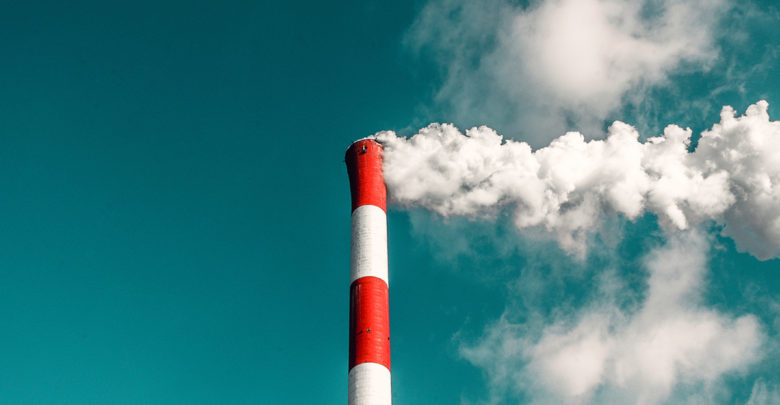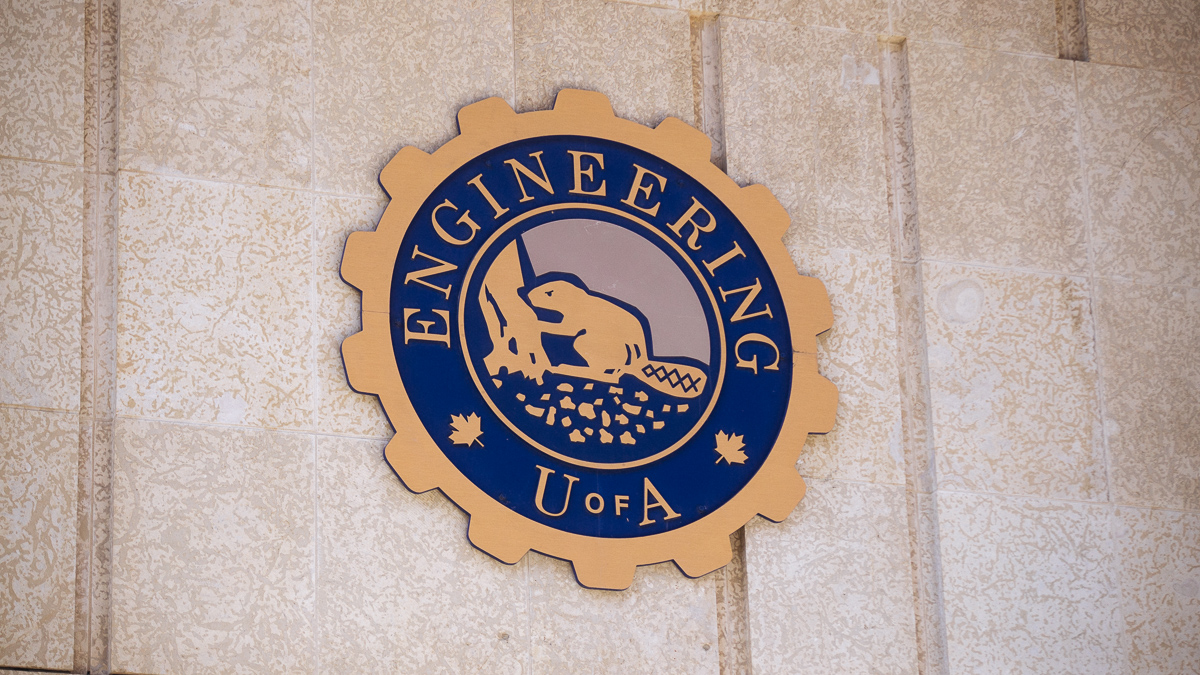U of A professors weigh in on Supreme Court’s carbon pricing decision in expert panel
University of Alberta professors explained how the decision affects Indigenous communities, Canada’s net-zero emissions goal, and future federal policies regarding climate change.
 Rachel Narvey
Rachel NarveyAfter Canada’s highest court upheld the national carbon tax, professors from Canadian universities met to discuss the decision’s implication for federal, provincial, and Indigenous jurisdiction in Canada.
The national carbon tax, also known as the Greenhouse Gas Pollution Pricing Act, will impose carbon taxing on individual provinces. When Ontario, Saskatchewan, and Alberta filed separate lawsuits, claiming the tax infringes on the Canadian Constitution, the Supreme Court of Canada stood by the federal government, ruling in favour of the tax on March 25. The Centre for Constitutional Studies, an organization that creates resources to educate the public about the Canadian Constitution, hosted an expert panel discussing the decision on March 31. Panel participants from the University of Alberta included Andrew Leach, associate professor in the Alberta school of business, Eric M. Adams, vice dean and professor in the faculty of law, Darcy Lindberg, assistant professor in the faculty of law.
The panel also featured professors from the University of British Columbia and the Université de Montréal.
Carbon tax only beginning of necessary federal climate policies, said Leach
Leach, an energy and environmental economist, argued that the carbon tax is essential for meeting Canada’s emission goals. He outlined how for 2030, Canada aims to reduce greenhouse gas (GHG) emissions by 30 per cent below 2005 levels (a reduction of 219 megatonnes of carbon dioxide). By 2050, Canada aims to achieve a net-zero emissions economy.
“We’re dealing with … a situation where Canada is not in a position to meet its international commitments,” Leach described. “Meeting those international commitments is going to require action, either court-mandated action on the part of at least a set of the provinces, or some type of federal action.”
Leach drew attention to what he described as Canada’s tendency to hesitate in enacting climate goals.
“Canada is really good at going to international meetings and committing to targets,” Leach said. “We’re not really good at putting in policies that allow us to meet them. So [with the carbon tax] we are bending our [emissions] curve down, but even with all the policies introduced through to the beginning of 2020, we’re still not on pace to meet our 2030 target, let alone our very aggressive 2050 net-zero [emissions] goal.”
Leach described the Supreme Court ruling as one crucial step towards further emissions policies.
“This isn’t the end, it’s the beginning,” Leach said. “We are still in a position where we’re going to be more stringent in federal policies. We saw the federal government announce their intention to increase the stringency of carbon pricing.”
Eric M. Adams critiqued Supreme Court Justice Russel Brown’s dissenting opinion
In the Supreme Court’s ruling, two Supreme Court judges completely dissented from the majority opinion, Justice Malcolm Rowe and Justice Russell Brown.
A third judge, Justice Suzanne Côté, dissented in part, agreeing with the majority’s analysis that the subject matter covered by the carbon tax is of national concern and within Parliament’s authority, but found the tax as drafted to be unconstitutional. This led to the 6-3 decision in favour of the tax.
The carbon tax allows provinces and territories freedom to set the carbon pollution price they see fit, as long as they meet the minimum carbon pricing standards. Justice Russell Brown argued the carbon tax implementing minimum pricing standards sets a precedent for the federal government to interfere and set minimum prices in other industries.
Eric M. Adams began his thoughts by critiquing Justice Brown’s dissent, arguing that Brown’s interpretation of the precedent this could set for minimum standards went too far.
“[Brown implies the minimum standard could now be pushed to apply to] healthcare, for traffic lights… I think at one point [Justice Brown] even says grade five history classes,” Adams said.
Adams critiqued the hypotheticals Justice Brown mentioned, claiming it is not possible to predict what the government could enact in the future.
“I do not think minimum standards have been recognized by the majority as a ground federal jurisdiction,” Adams said. “That’s not a fair reading of what has occurred, and it’s impossible to imagine what the government could enact, the legislation in relation to minimum standards as the pit and substance.”
Adams continued to argue with Brown’s criticisms of the power the carbon tax could give the federal government, claiming there has to be a system of authority to deal with inevitable overlap between jurisdictions.
“There has to be a mechanism [to deal with conflicts], and we’ve had one for 150 years, for granting the federal government a paramount authority in discrete and narrow areas of conflict,” Adams said
Panelist expressed desire for increased Indigenous engagement in climate change policy
Darcy Lindberg, a specialist in Nêhiyaw (Plains Cree) constitutionalism, described his role in the panel as focusing on Indigenous peoples and their perspective on the Supreme Court decision.
“The disproportionate harms that First Nations would suffer by virtue of substandard provincial action on the issue of greenhouse gas (GHG) emissions should be viewed as an [indication] of provincial inability,” Lindberg said.
He described these provincial harms as leading Indigenous communities towards supporting the federal national minimum.
“The grave consequences for First Nations associated with substandard provincial action should therefore support a finding that a national minimum standard … to reduce GHG emissions has the requisite singleness, distinctiveness, and indivisibility,” Lindberg said.
During the question and answer period, Lindberg was asked whether he thought Indigenous people would have more or less confidence in the court’s understanding of their need for recognition of jurisdiction in the wake of this Supreme Court decision.
“I can’t speak for everybody,” Lindberg said. “This may not be the right case [to decide whether Indigenous people have more or less confidence in the court’s understanding of their need for recognition].”
“It may not be the right set of facts, with the right judges, at the right time, to have a groundbreaking case that makes room [for Indigenous people] within the constitutional order beyond [the part of the Constitution Act that already recognizes and affirms Indigenous rights].”




